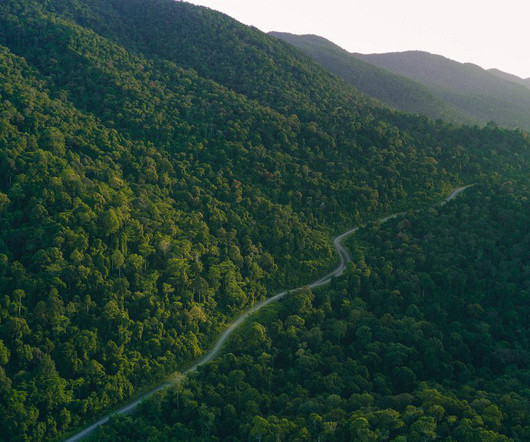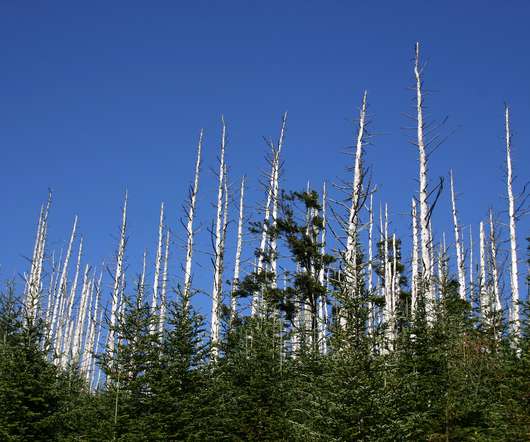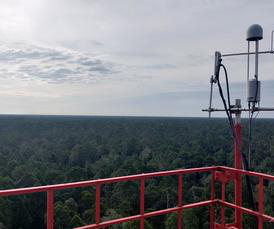Replanting logged forests with diverse mixtures of seedlings accelerates restoration, says study
Envirotec Magazine
SEPTEMBER 18, 2023
The experiment was set up by the University of Oxford’s Professor Andy Hector and colleagues over twenty years ago as part of the SE Asia Rainforest Research Partnership (SEARRP). The first trees were planted in 2002, with nearly 100,000 planted in total over the following years.














Let's personalize your content